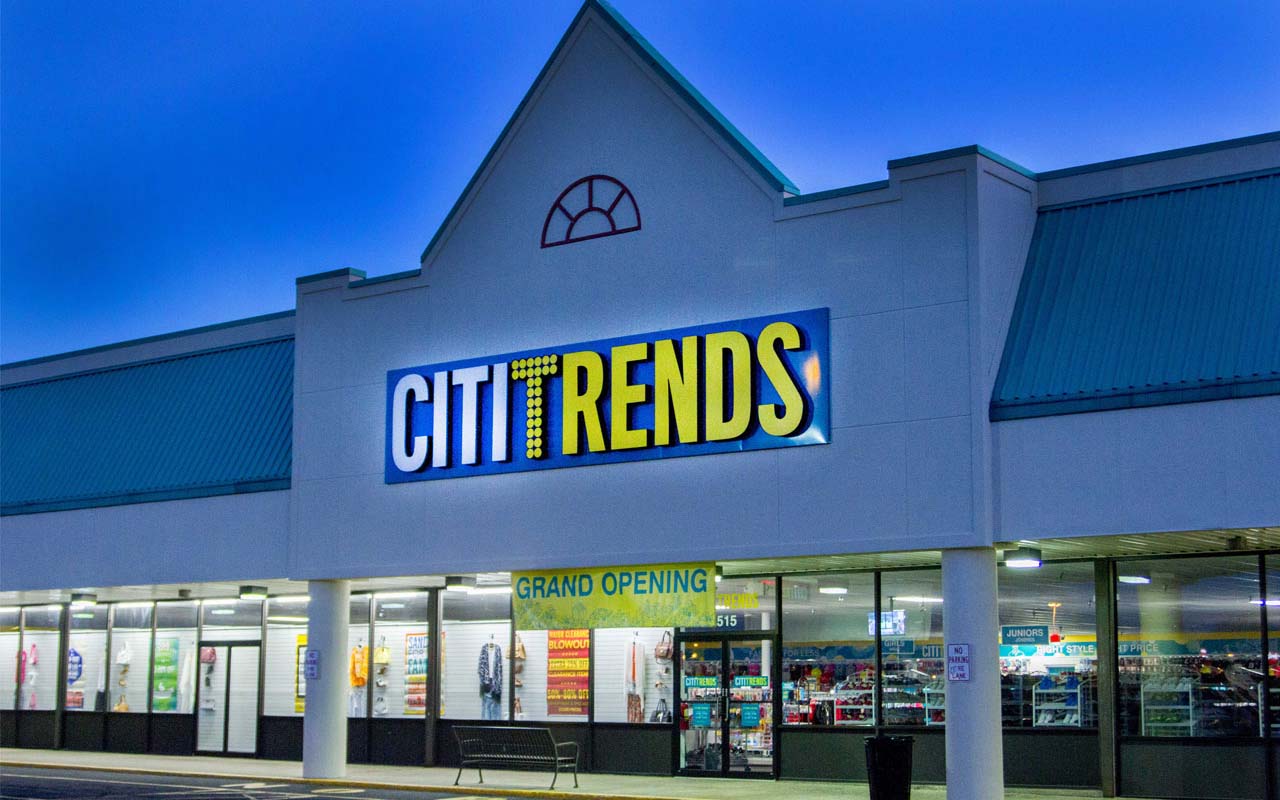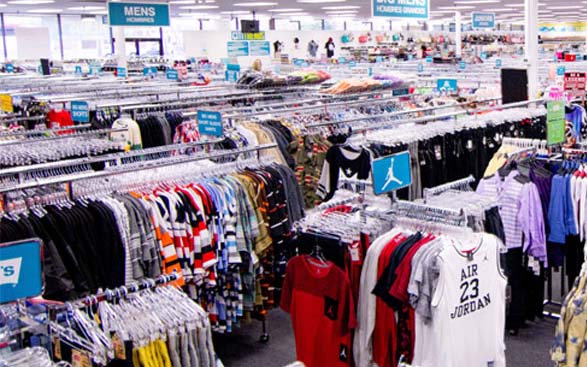Many small businesses still uneasy about COVID-19 as Arkansas reopens economy
May 4-10, 2020
By Daily Record Staff
As many small businesses are still awaiting funding from the second round of the omnibus $759 billion Paycheck Protection Program, coming out of a virtual quarantine and getting back to normal business operations is turning out to be difficult proposition.
And even though Gov. Asa Hutchinson has targeted May 4 as the starting line to begin easing back restrictions to jumpstart the state’s rapidly eroding economy, there is still uncertainly as to what that recovery will actually look as many businesses take a wait-and-see attitude before asking their workers to come back to work in full force.
On April 17, the National Federation of Independent Business (NFIB) issued its own “Legislative Plan for Small Business Survival” that included ten prescriptive recommendations to help ensure more small businesses survive the coronavirus crisis and more quickly return to normal business operations once restrictions are lessened.
“Small businesses, which account for half of the American economy and nearly half of all jobs, are fighting for their survival every day that this crisis continues. Efforts by the Administration and Congress, while well intentioned, have been met with significant challenges to this point,” said NFIB President Brad Close. “There are lessons to be learned, however, and this plan provides several clear and actionable steps for Congress to take that will help give small businesses a fighting chance.”
Despite some reticence in the business community, Gov. Hutchinson has expressed confidence in the ability of the state’s economy to rebound quickly shift of low gear back to full throttle. In his weekly address on April 24, the popular Republican governor said he was still optimistic about the state’s economy just a week before the early May reboot.
“Although COVID-19 staggered our economy, it did not damage the foundation, which is why I am assured we will be fine in the long run,” said the popular Republican governor. “This is a set-back that won’t hold us back for long.
On April 18, Hutchinson created his Economic Recovery Task Force to develop an industry-specific strategy and make recommendations on Arkansas’ efforts to dig out of hibernation and rebound economically from the effects of COVID-19.
That 27-person task force, chaired by Northwest Arkansas business leader and Walmart board director Steuart Walton, includes business leaders and policymakers from the private sector and public agencies that will first examine the impact of COVID-19 on industry in Arkansas. The task force will also make recommendation to the governor on reopening the state back to business consistent with President Donald Trump’s “Opening Up America Again” guidelines.
Blueprints and staggered starts
In Arkansas, one company has already got a jump on Gov. Hutchinson’s May 4 executive order for businesses to begin reopening in Arkansas. Citi Trends Inc., a publicly traded retailer that operations in 33 states, began using Arkansas as a trial balloon in late April to begin reopening its chain of 574 stores nationwide after nearly six weeks of idleness.
The Savannah, Ga.-based discount fashion retailer officials told the Daily Record that reopening of company’s stores and distribution centers will be in accordance with guidelines from the Centers for Disease Control and Prevention (CDC) and the Occupational Safety and Health Administration (OSHA).
The Georgia retailer, which had annual sales of nearly $782 million in fiscal 2019, said it expects the timing for the reopening of its stores to be phased-in over “a period of time,” and would largely be dependent on state and local orders. Still, the company’s 13 stores in Arkansas began reopening with reduced operating hours more than a week before the governor’s target date.
“This situation continues to be very fluid, but we are quickly ramping up our ability to safely resume operations across our chain. We are encouraged by early results in Arkansas and more than anything, our associates are excited to be back at work serving our customers for their apparel, accessory and home needs,” Citi Trends David Makuen said in a statement. “As we begin to reopen many stores throughout May and June based on applicable state and local guidance, we will continue to prioritize the health and safety of our employees and customers.”
Makuen, who was only hired as CEO in early March, said due to the cash crunch caused by six weeks of inactivity, Citi Trends is “proactively” managing its business to increase financial flexibility and preserve cash flow in the current environment. To do that, the Georgia fashion retailer has extended the furlough of substantially all of its store and distribution center personnel and a portion of its corporate staff for an additional 60 days, in light of the continued interruption of its business operations.
“However, the company expects to bring back many of its furloughed employees in the coming weeks as its stores and distribution centers begin to reopen,” the company said in a statement. “[Citi Trends] will continue to pay for medical benefits for covered furloughed associates through June 30, 2020 and assist all associates with information about available resources.”
To further shore up its balance sheet, Citi Trends has also suspended its quarterly cash dividend in the second quarter and halted the company’s 401(k) company matching program, effective June 1, 2020.
“As a result of this ongoing situation, [Citi Trends] continues to remain focused on making prudent and sometimes difficult decisions necessary to ensure it has sufficient cash and liquidity for the foreseeable future enabling Citi Trends to remain a strong company that is well positioned to pursue its growth strategy once this crisis subsides,” said Makuen.
Other trade groups and companies with operations in Arkansas have also unveiled their owned tapered plans for reopening their own shuttered businesses or broad sectors of the economy, using varied state schedules and the president’s plan as guidepost.
For example, the NFIB’s 10-point plan to reopening the national economy largely depends on the second round of PPP funding to small businesses that began on April 27. NFIB’s Arkansas Director Sylvester Smith, who sits on Hutchinson’s 27-person recovery task force, have largely been critical of the launch of the $759 billion program that has been largely criticized for failing to provide COVID-19 funding for 80% of small business owners.
“After the COVID-19 crisis is over, the small businesses that survive will not suddenly achieve the robust economic state they may have enjoyed before COVID-19 arrived in the United States. The best for which they can hope is a slow and steady climb to that state,” notes the NFIB plan. “As the economic health of small businesses generally climbs bit by bit, COVID-19 federal relief to small businesses should go away bit by bit.”
Once businesses no longer need federal dollars to stay afloat, NFIB says Congress should enact statutory provisions to for federal agencies administering COVID-19 small business relief programs to provide tapered transitions out of such programs under their existing authorities after COVID-19 no longer presents a significant threat to public health. If that does not work, the president should ask Congress to consider legislation that he may consider “necessary and expedient to achieve such tapered transitions.
“If ever there was a time for the federal government to avoid “one-size-fits-all” mandates on American businesses, it is now,” said the NFIB’s Close.
Meanwhile, the National Association of Manufacturer’s (NAM) “American Renewal Action Plan” also prescribes following the President Trump’s three-phase approach, along with letting governors and local officials making the call on exactly when and how to reopen and move forward. Unlike the NFIB’s plan that focuses on adequate PPP funding, NAM’s strategy depends on providing adequate personal protective equipment (PPE) to support not only hospitals but all sectors of the economy.
“This unforeseen crisis has created an unprecedented demand for PPE – unique to this threat and time – that our nation is woefully unprepared to meet.” said NAM President and CEO Jay Timmons. “This is why during the response phase manufacturers must be able to ramp up production of PPE in an historic way so that the country is ready and well supplied.”
Last week, Kroger Co. published its own “Blueprint for Businesses” to provide actionable recommendations for retailers, restaurants and food service companies, manufacturers, logistics and distribution centers and other industries to consider as they start crafting plans for safe work environments while the COVID-19 risk persists.
“We decided from the onset of this crisis that transparency, agility and responsiveness would be our guiding principles, and we are now sharing what we’ve learned as an extension of our values,” said Kroger Chairman and CEO Rodney McMullen, who noted that several U.S. governors and business organizations asked Cincinnati-based grocery chain to help U.S. businesses to reopen safely.
Kroger’s blueprint includes actionable recommendations and learnings that the company has applied in the last six weeks to safeguard its associates, customers, and communities, as well as what it has learned through regular interaction with business leaders in other countries, including Italy, Singapore and China – all of which were ahead of the U.S. in terms of the pandemic cycling through their countries.
Kroger, which has 2,800 grocery stores, 35 manufacturing plants, 44 distribution centers and 460,000 employees across the U.S., said many of its recommendations can be adapted for any industry sector. The grocery store chain also provides a set of distinct, deliberate processes for several key sectors, including retail, manufacturing, distribution centers/supply chain, food service/restaurants, and office environments.
“It’s critical for businesses to let their values guide their actions and to develop protocols and procedures in advance of reentering the marketplace to safely reopen, protecting customers and employees and flattening the curve,” said McMullen. “We recognize that not all businesses are the same. What worked for us may not work for some companies. And while there is no “one thing” that makes all the difference, taking a comprehensive, thoughtful approach to safety will lead to better outcomes.”
PHOTO CAPTION: (Photos courtesy of Citi Trends)
Central Arkansas businesses try out varied strategies to reopen after month long COVID-19 isolation.






